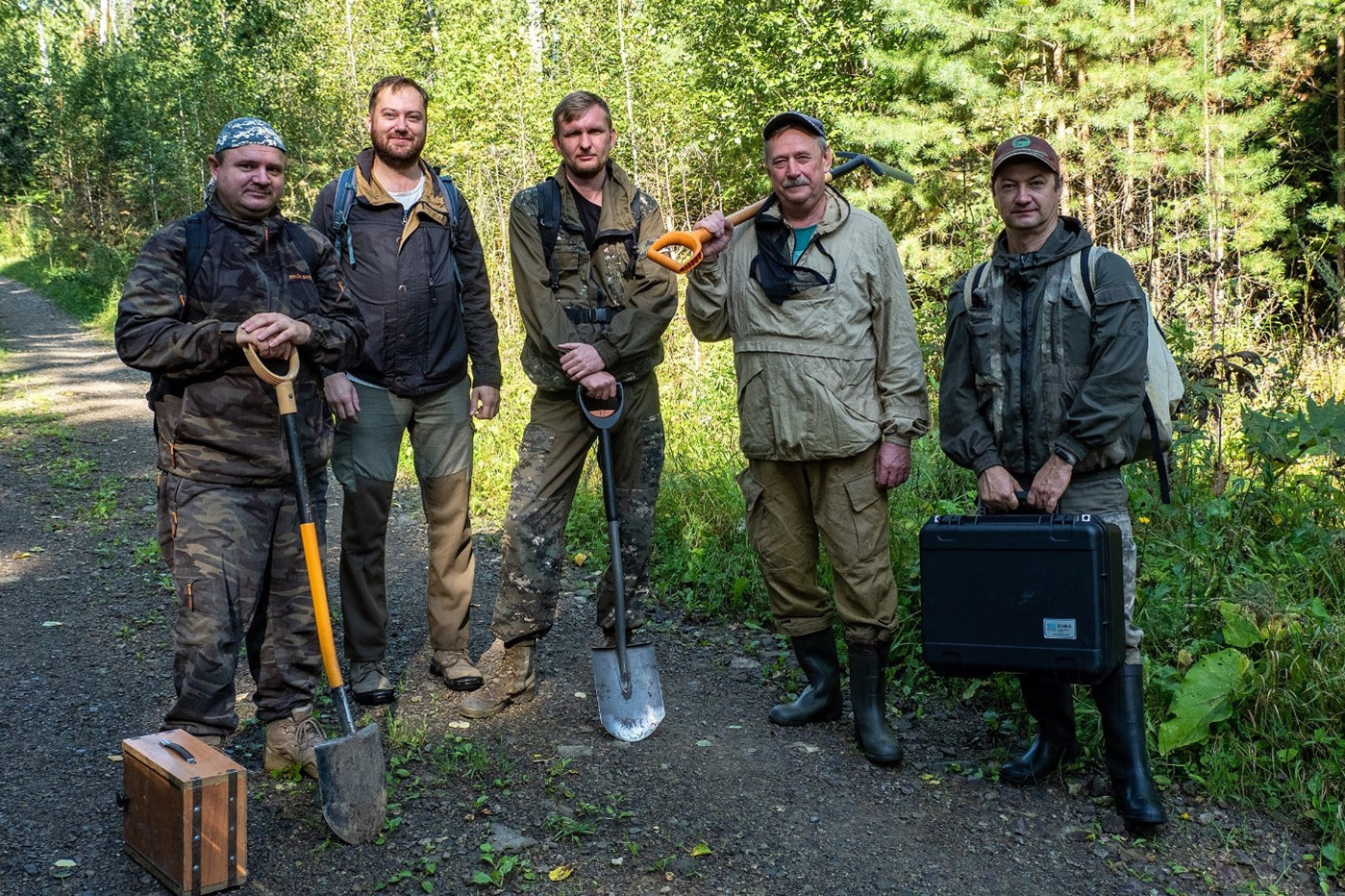
- Kuzbass
- University
- Education
- Science and Innovation
- Life at KuzSTU
- Kuzbass-300 Satellite

A team of scientists conducted measurements of plant biomass in the territory of the KarboPromKuzbass carbon test site. Researchers from the Institute of Soil Science and Agrochemistry of the Siberian Branch of the Russian Academy of Sciences, the Federal Research Center for Information and Computing Technologies (Kemerovo Branch) and KuzSTU studied soil conditions in the black taiga within the monitoring site: they collected plant and soil samples and measured the concentration of carbon dioxide in the soil. Scientists note that August is an important month for such work, at this time plants in Siberian conditions reach their maximum growth rate.
Kuzbass Polytech and its partners in the ecological-climatic consortium are implementing the KarboPromKuzbass carbon test site program; in May, scientists identified monitoring sites for studying carbon pools.
During two days of research at the KarboPromKuzbass test site, the scientific team collected 50 plant and 30 soil samples, described two soil sections and measured carbon dioxide emissions under conditions of maximum development of the taiga ecosystem. The “backbone” of the team was made up of soil scientists under the leadership of Dr. Vladimir Androkhanov, the Director of the Institute of Soil Science and Agrochemistry of the Siberian Branch of the Russian Academy of Sciences. Instrumental methods of determining carbon dioxide emission from soils of taiga ecosystems - “soil respiration” - were carried out by Alexander Chumbaev, Deputy Director of of the Institute of Soil Science and Agrochemistry of the Siberian Branch of the Russian Academy of Sciences, PhD in Biology.
At present, samples are being prepared for laboratory agrochemical analysis and “counting” the amount of carbon in them. Afterwards, scientists will calculate the carbon content by plants and soil horizons for each sample site and the monitoring area as a whole.
Monitoring at the Carbon Test Site is conducted at five permanent sample plots (PSP) with a total area of 12500 square meters. There are ten sampling plots at each PSP. Plant samples of aboveground phytomass are taken sequentially - shrubs and herbaceous plants, moss cover, bedding (organic residues at different stages of decomposition). Each component is placed in a separate bag with a label indicating the exact sampling location. The weight of biological material from one sampling site can be up to five kilograms, as the layer of accumulated organic matter in native fir forests often reaches 20 cm.
Soil scientists took samples for analysis of carbon and nutrient content and described soil horizons; for this purpose, two soil transects two meters deep were dug in adjacent plots near the PSP. To determine carbon dioxide emissions from the soils of taiga ecosystems, the scientists used a new device EGM-5 from PP System - special cells of the device are placed in the soil, covered with a lid with a tube through which gas is pumped from the cell to the sensor at fixed intervals. Research at the carbopolygon will continue in the fall months.